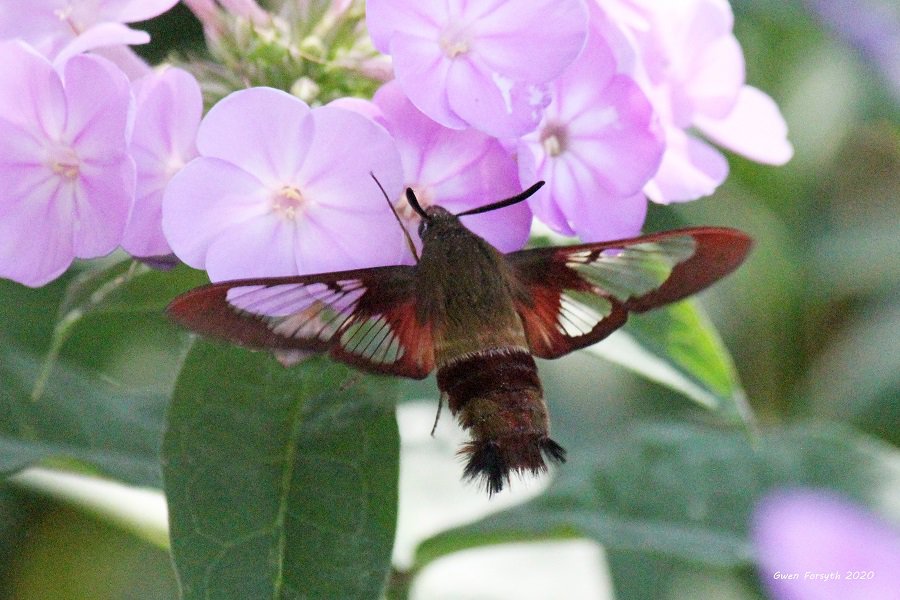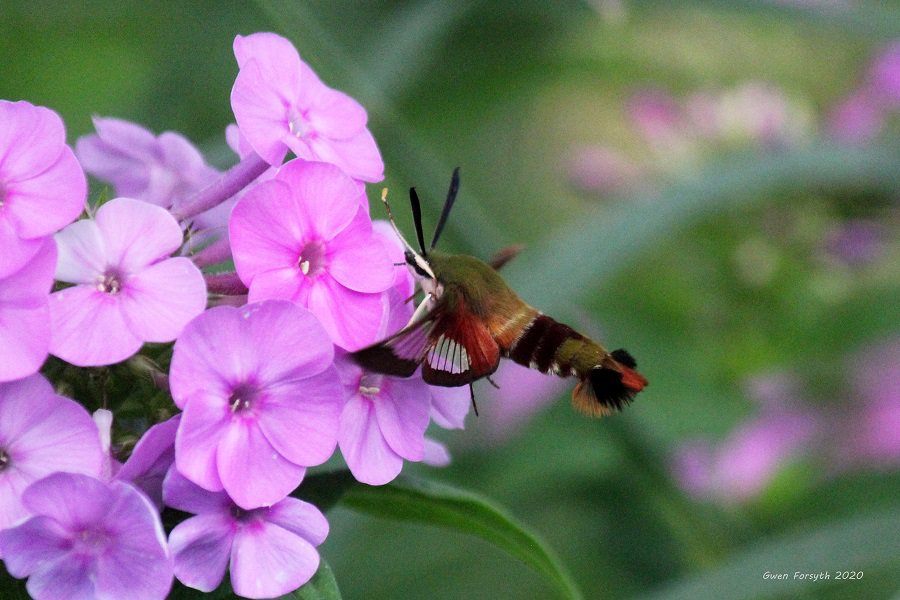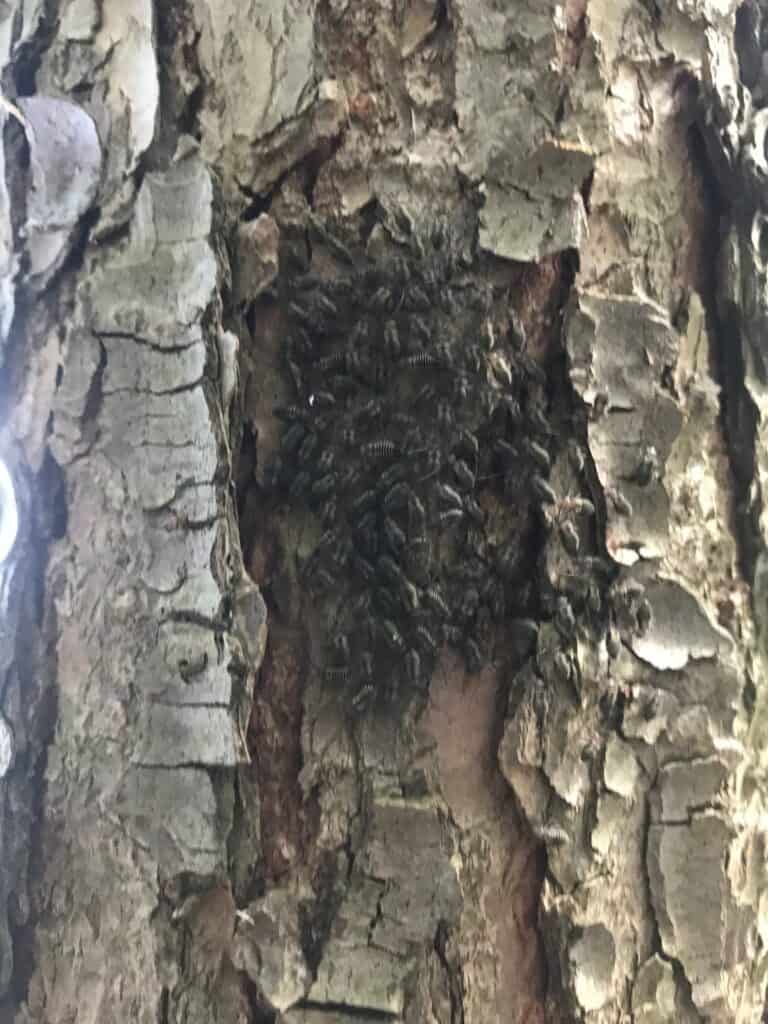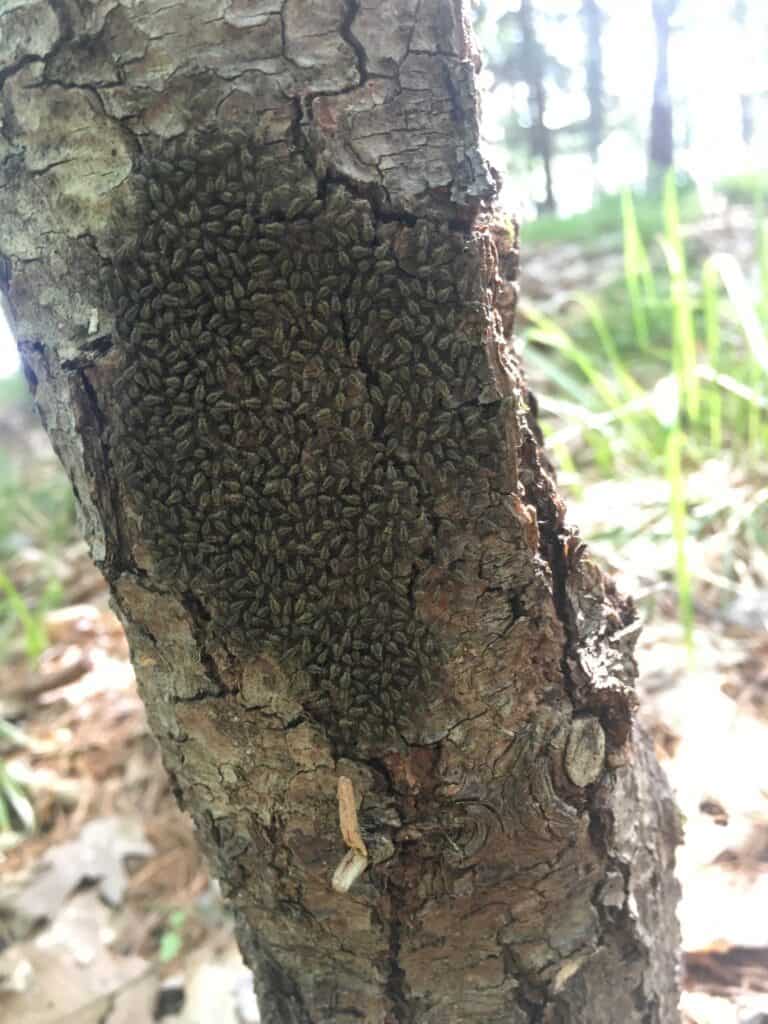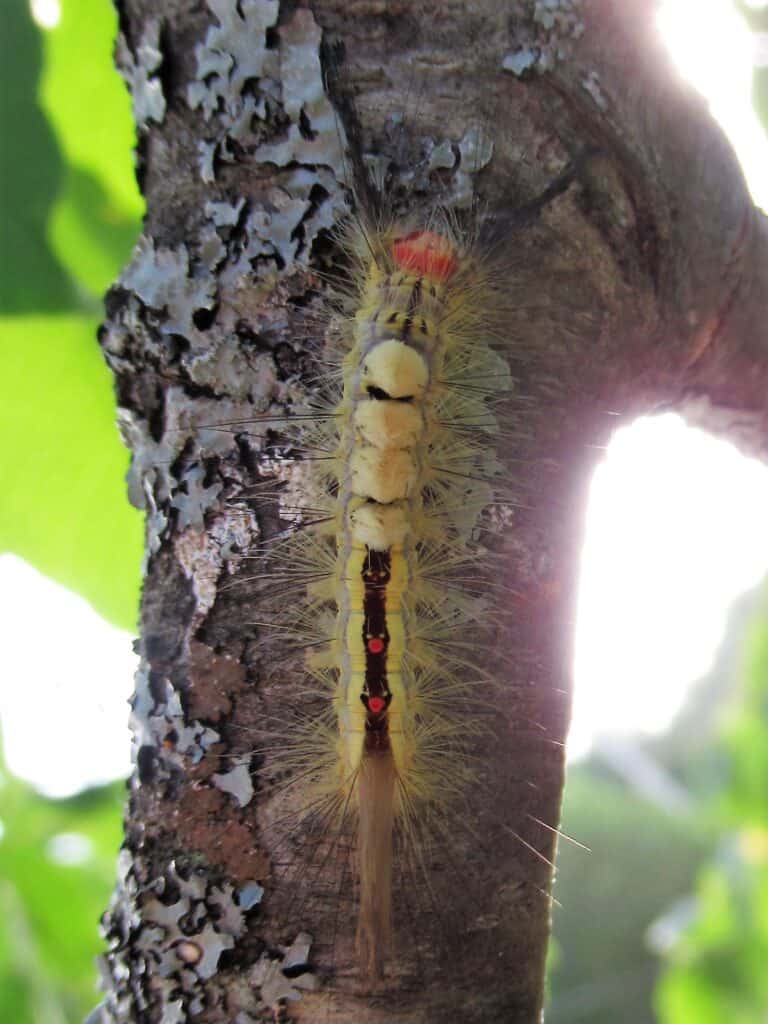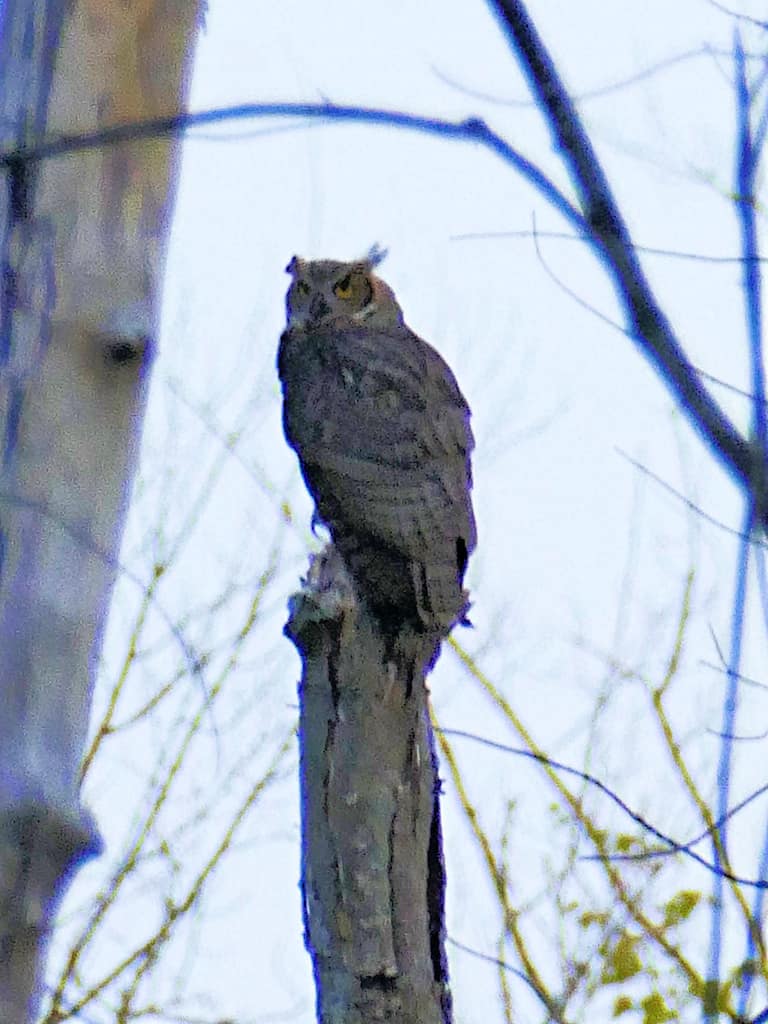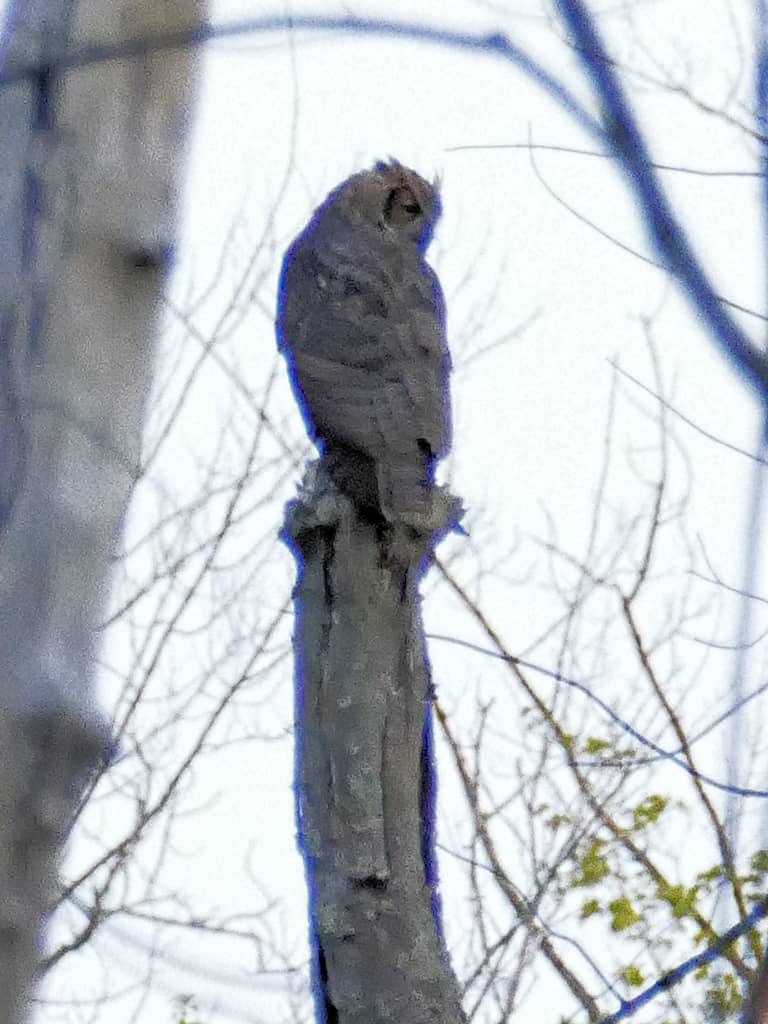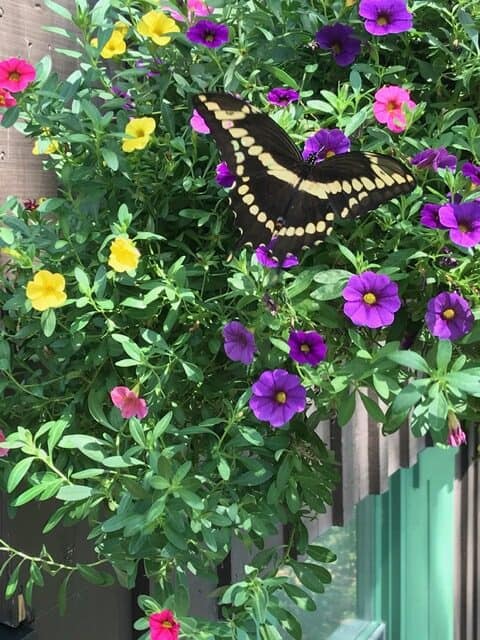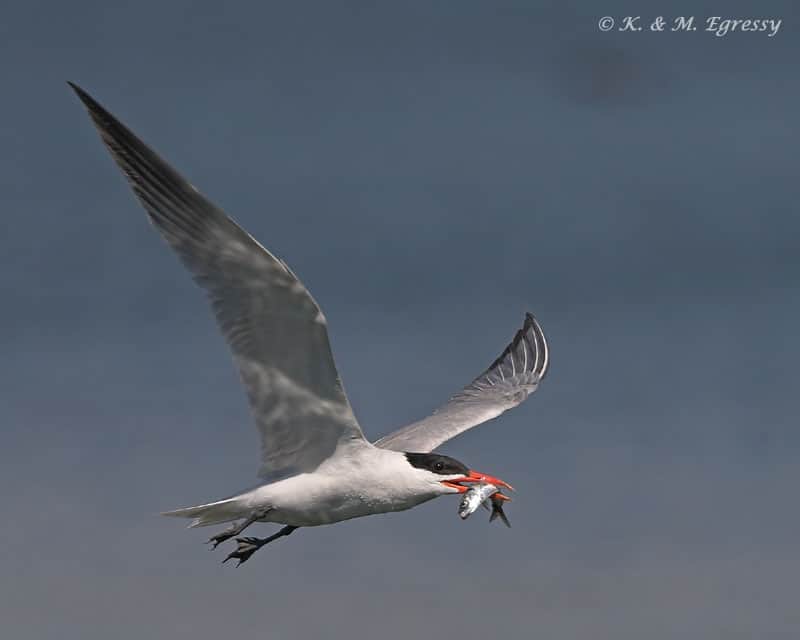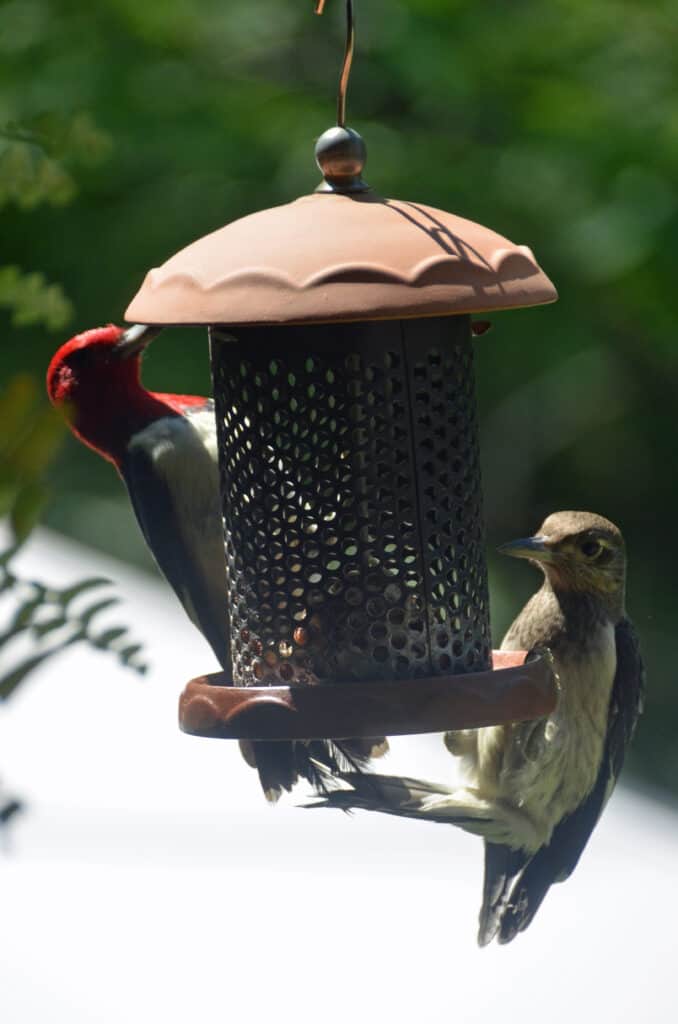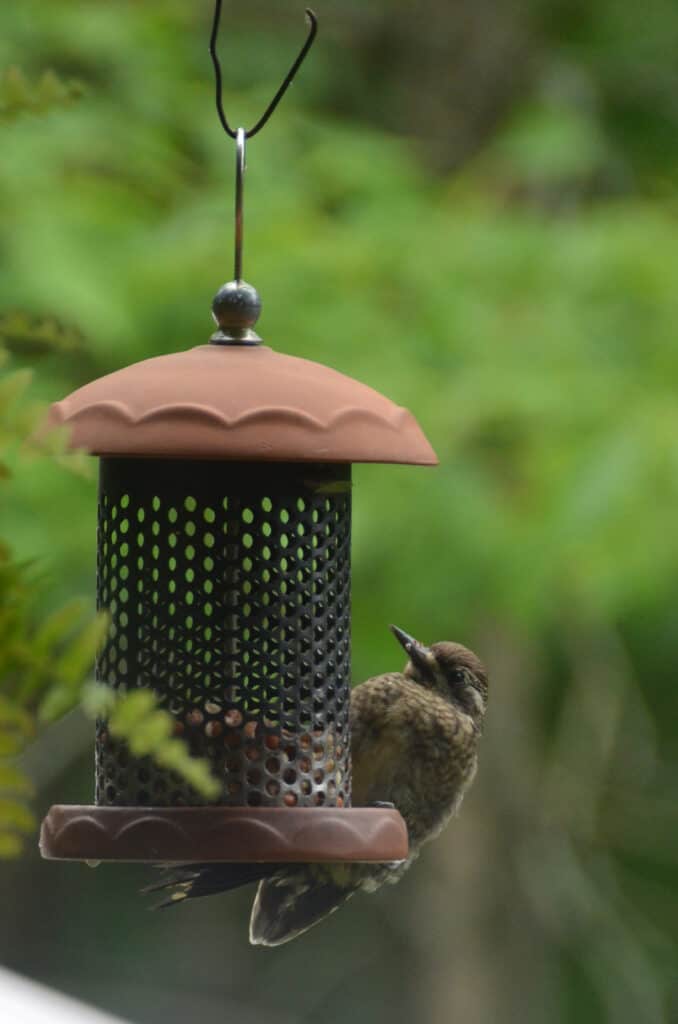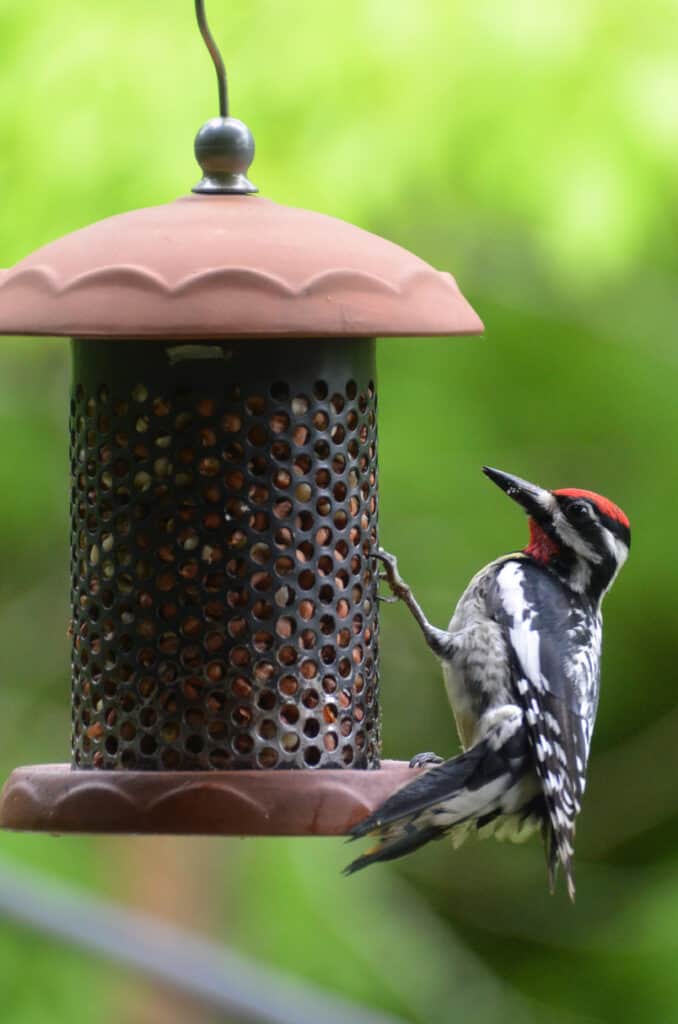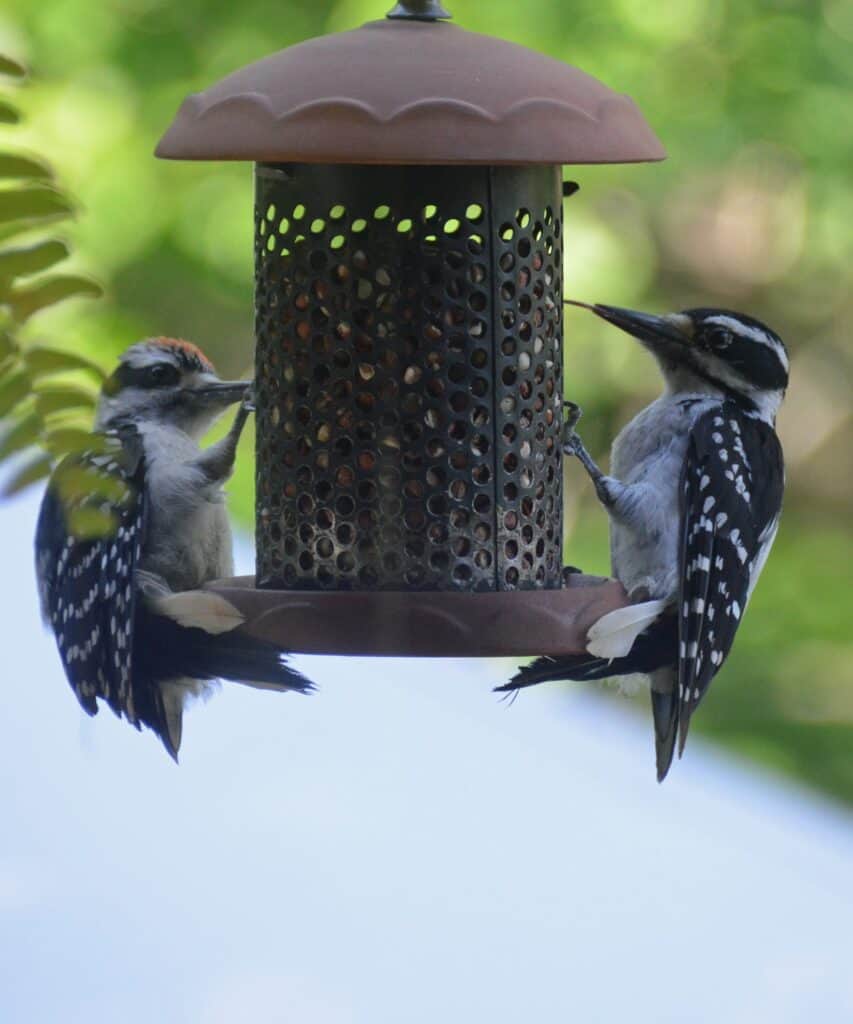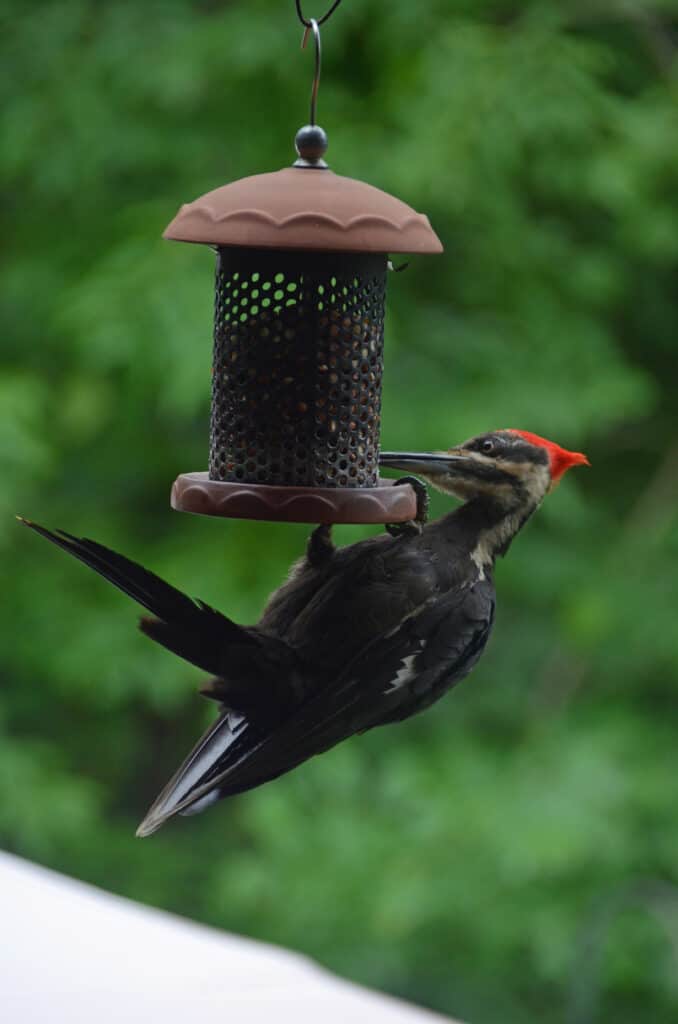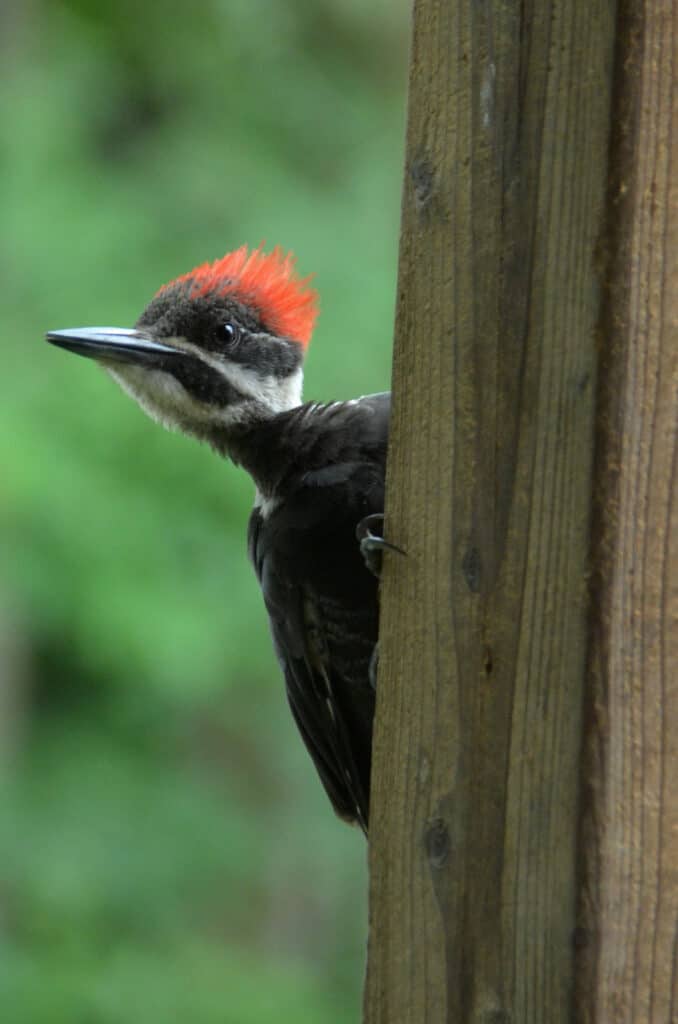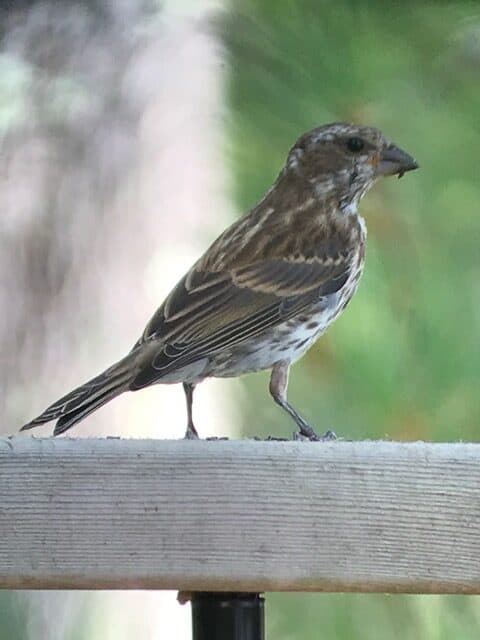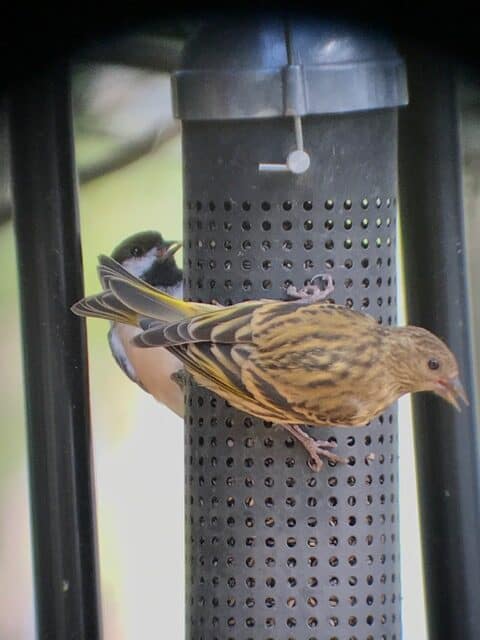Hummingbird Clearwing Moths are regular visitors at the phlox in our garden. Gwen Forsyth, Lakefield
Your column several weeks ago regarding Gypsy Moths really caught our attention. We have a cottage on Jack Lake and recall the infestation back in the 1970s. This past several weeks our cottage there have been all kinds of the male moths flying around, and we have seen lots of the females laying their eggs on the trees. We have tried to scrape off any of these egg masses that we find. On several of the small trees with the egg masses, mostly small white pines, there have been a swarm of very small bugs. The swarm would be 4 to 6 cm across, and the bugs are approximately 2 mm long.These swarms are mostly on the north side of he tree trunk. Do you know what these bugs are? Are they associated with the gypsy moth or was this just a coincident? Jim and Diane Ferguson, Jack Lake
While doing gypsy moth egg removal on August 1, we noticed many of these interesting clusters. Three on a hemlock and one on a pine. What are they? Ken Brown
Answer: According to Mike Burrell of the Natural Heritage Information Centre in Peterborough, these are nymphal “Tree Cattle” (Cerastipsocus venosus), a type of Bark Lice. See https://bugguide.net/node/view/83280 for more information. They are not are associated with the Gypsy Moths.
We found this ‘Orgyia leucostigma’ tussock moth on August 5, while cutting back some trees and shrubs. It’s not a good idea to touch these ‘stinging-hair caterpillars‘ as they are poisonous. Stephenie Armstrong, Warsaw
We have a Northern Flicker in our backyard. It’s the first time I’ve seen one in Peterborough. I normally seen them up in Wilberforce at my parents’ cottage. It was with another flicker on August 6. Dan Growden, Glencairn Avenue
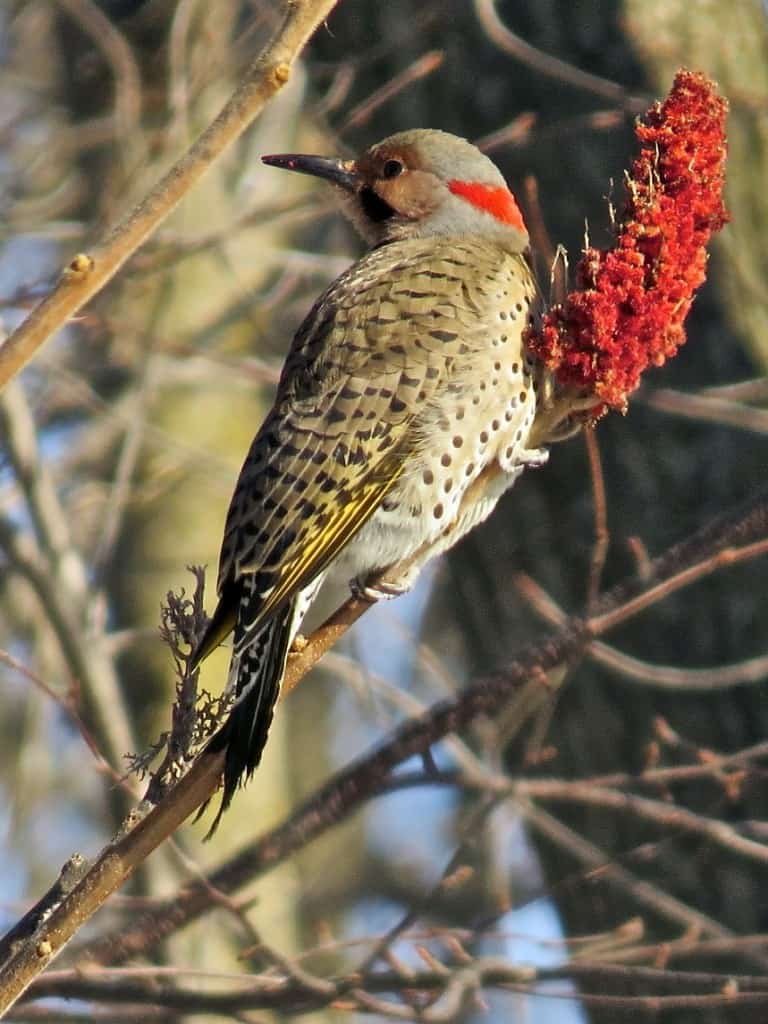
On August 6 at sunset, I spotted this Great Horned Owl in the swamp on Mervin Line near the airport. The photo quality is poor, since I was at maximum digital zoom, using high ISO, and it was almost dark. Carl Welbourn
Our grandkids have been busy raising Monarch butterflies. On August 9, three adults emerged, which was a one day record! Bob Rollwagen
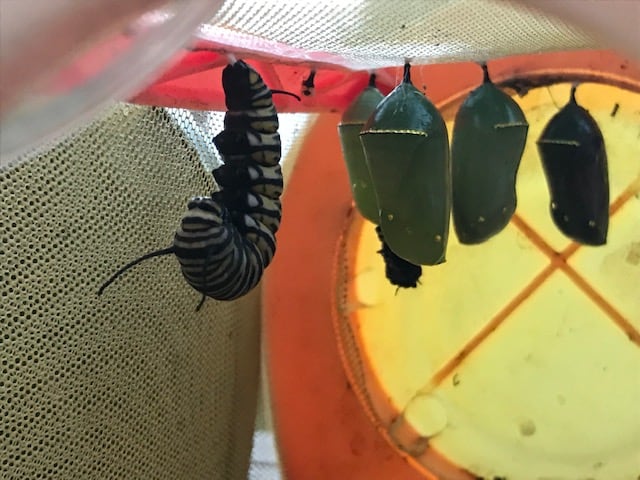

As is usual for August, two Caspian Terns have returned to our bay on the south side of Dodworth Island. There are five mature Common Loons around, as well as a steady increase in the number of Ring-billed Gulls. Thankfully this has not changed. Also, today a Giant Swallowtail butterfly paid us a visit! Rob Welsh, Stoney Lake
I saw five Common Nighthawks “hawking” for insects on the evening of August 10, just n/e of Hall’s Glen. Tim Dyson, Warsaw
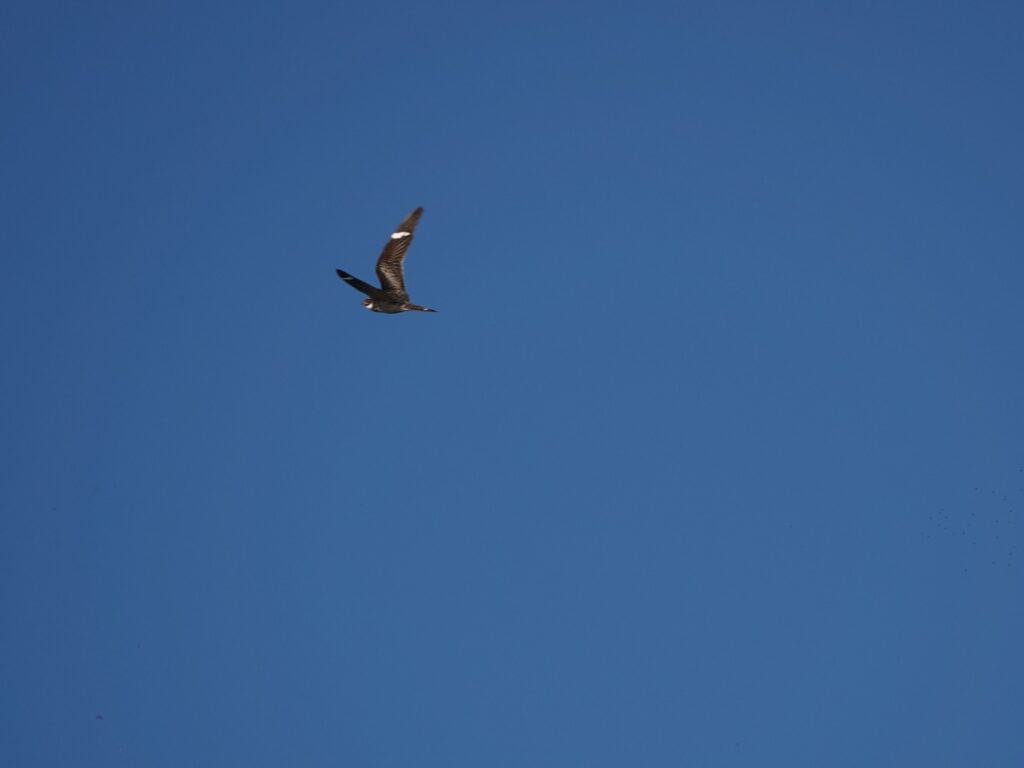
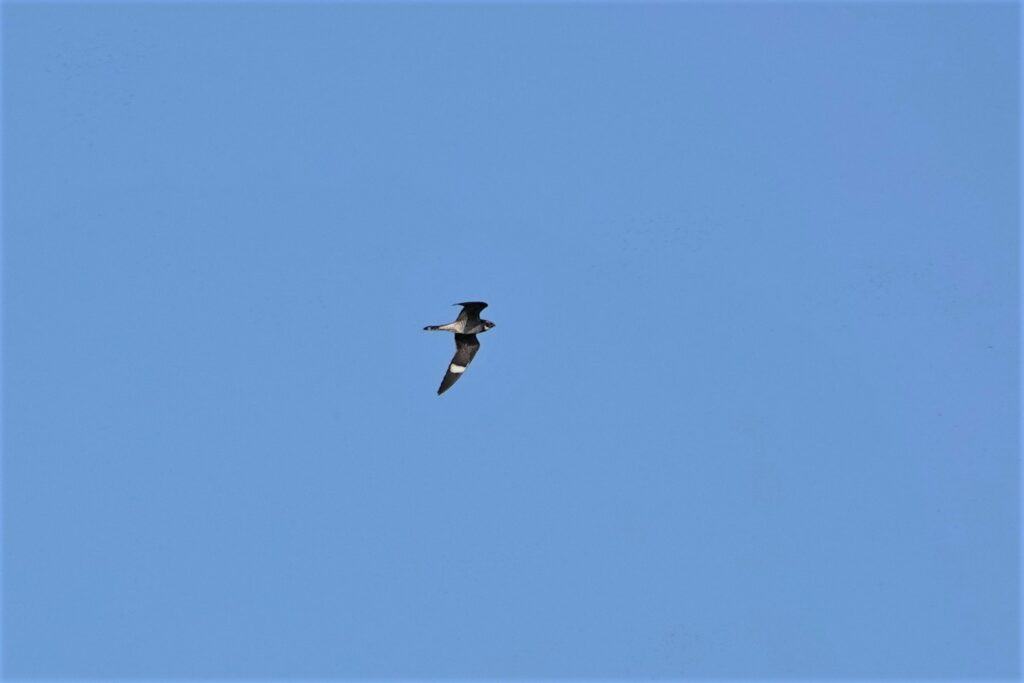
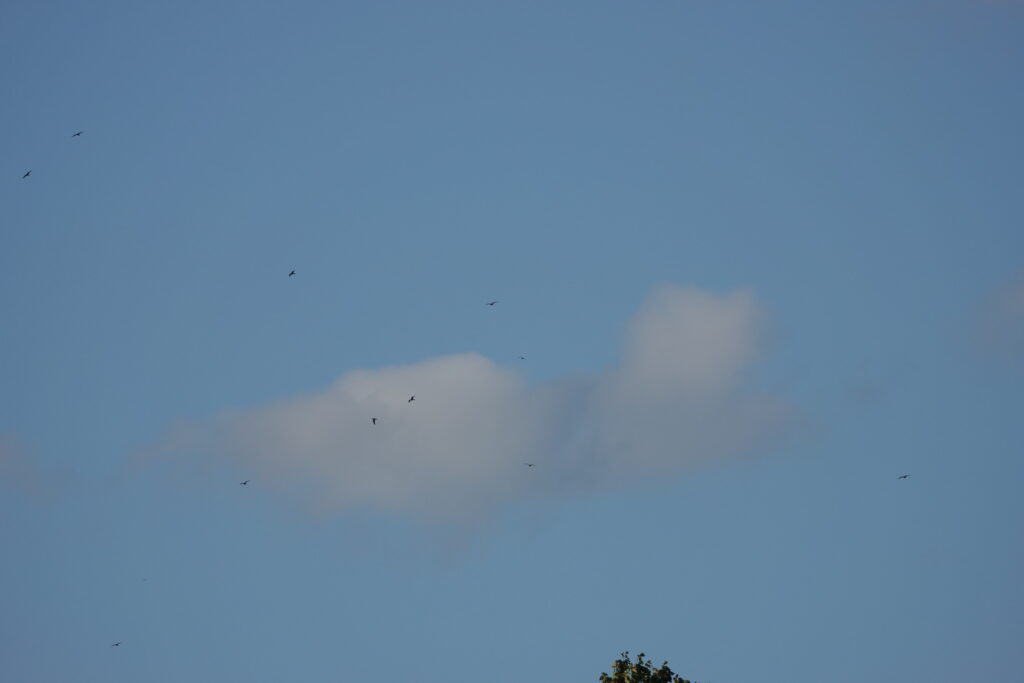
Migrating nighthawks 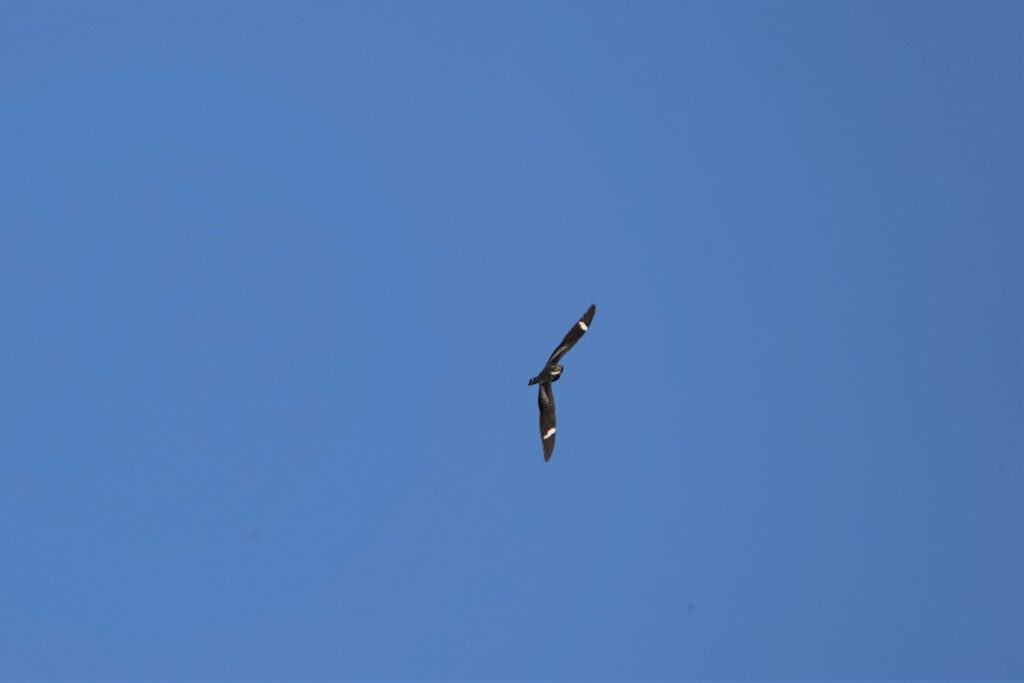
This morning (August 11) and mid-afternoon, we had a Red-headed Woodpecker at our peanut feeder. Over the past couple of weeks my wife Lynn and I are pretty sure that we’ve had two juvenile coming to the feeder, as well. We have been doubting ourselves, because we felt that we would have seen the adults around the feeder or yard prior to seeing the little ones. We’ve had juvenile Red-headed Woodpeckers with the adults in the past. Perhaps the adults were at the feeder when we weren’t around. We also had the first Purple Finch at our niger seed feeder today since early April. I’ve attached a picture of a Milkweed Tussock Moth caterpillar that was climbing the netting in our dining canopy. Dennis and Lynn Johnson, Northey’s Bay Road
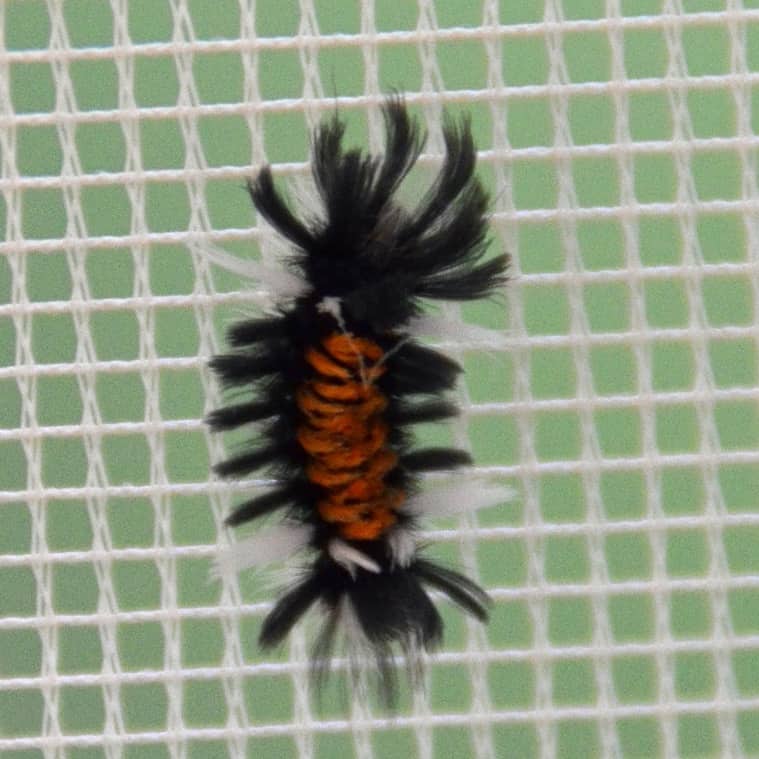
Milkweed Tussock Moth caterpillar – Dennis Johnson – August 2020 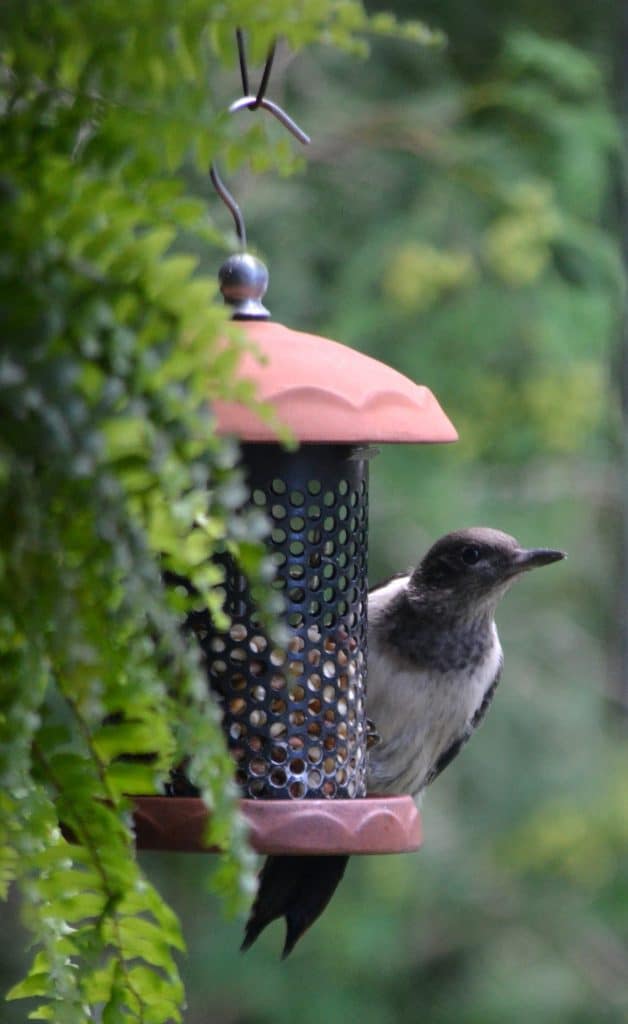
Juvenile Red-headed Woodpecker – Northey’s Bay Road – Dennis Johnson – Aug. 6, 2017
On August 14, I was able to get some pictures of an adult and juvenile Red-headed Woodpecker coming to my feeder. They aren’t the best – lighting wasn’t great. I’ve also included some pictures of the Yellow-bellied Sapsuckers, Hairy Woodpeckers, and Pileated Woodpeckers coming to the feeder. Dennis Johnson, Northey’s Bay Road
and immature (left) and adult Hairy Woodpeckers.
Bottom row from left: Adult and juvenile Pileated Woodpeckers – Dennis Johnson
Among the visitors on August 23 to Dodworth Island, Stony Lake, were a Purple Finch and a Pine Siskin. The latter has been absent for over a year. Rob Welsh
I found this on a path near an oak tree. I couldn’t find anything in my tree book. Bet Curry
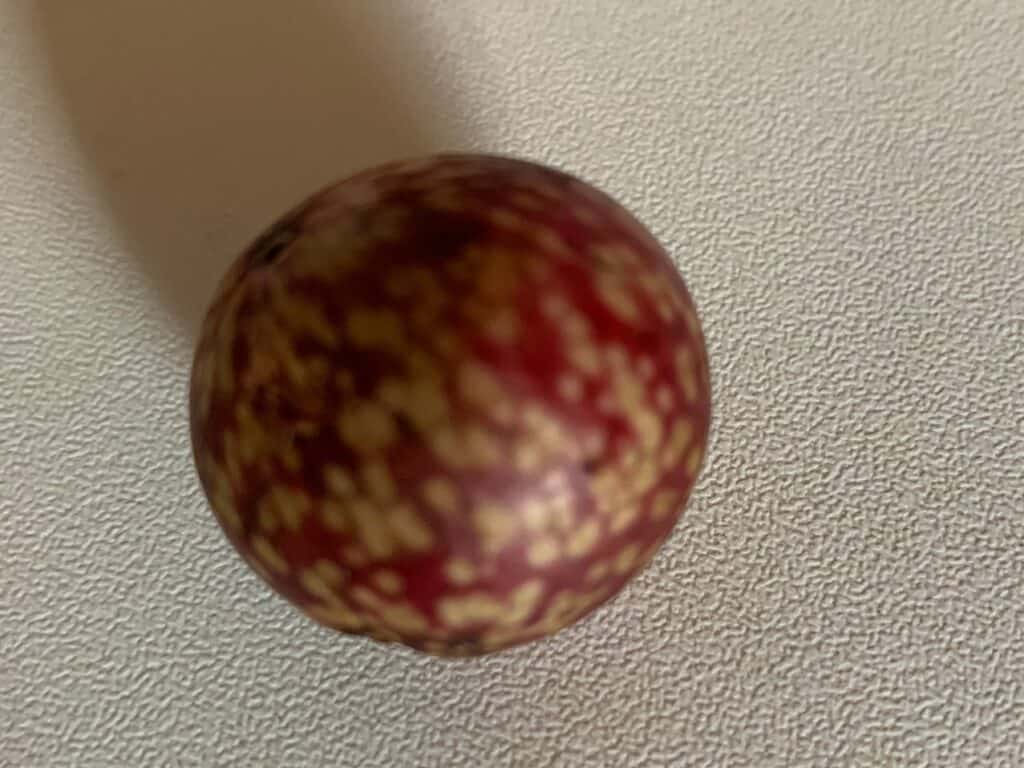
This is an Oak Apple Gall. They are found on many species of oak. They are caused by chemicals injected by the larva of the gall wasp. The female lays single eggs in leaf buds. The larvae actually eat the gall tissue which forms as a result of secretions from the insect. The secretions modify the leaf bud into a gall. They develop into adults within the gall, which gives them protection. DM
We’ve noticed just this year that the Gray Squirrels are taking stones from our driveway and burying them. I can’t understand why. This is kind of funny to watch though! I live in the foothills of the Adirondacks in New York State. Tina Berry
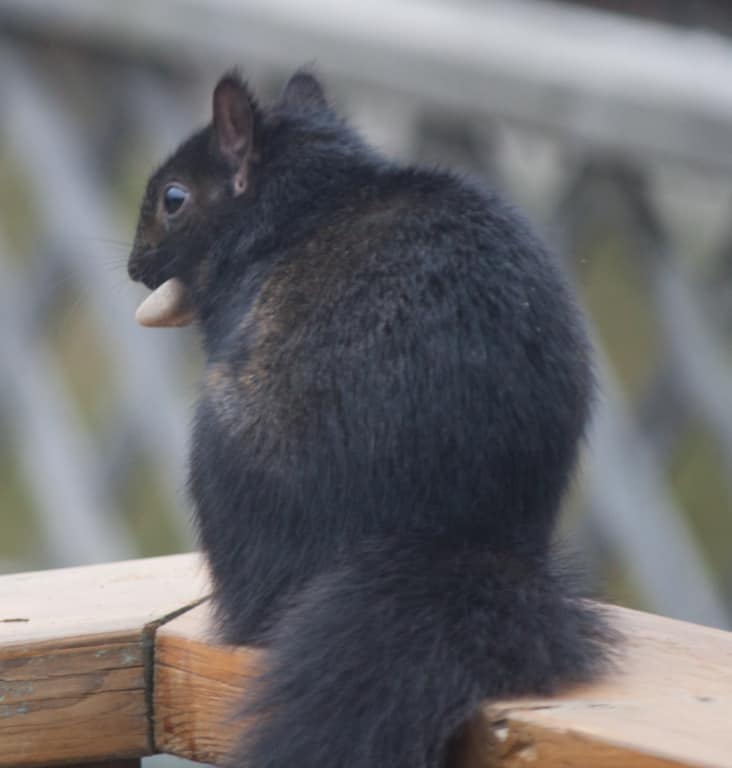
It may be that the squirrels are trying to “trick” other squirrels into thinking they are burying food. This might divert them from the real food they’ve buried. DM
